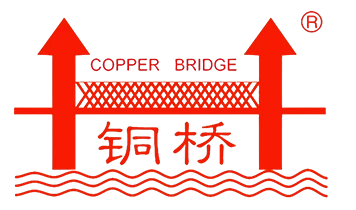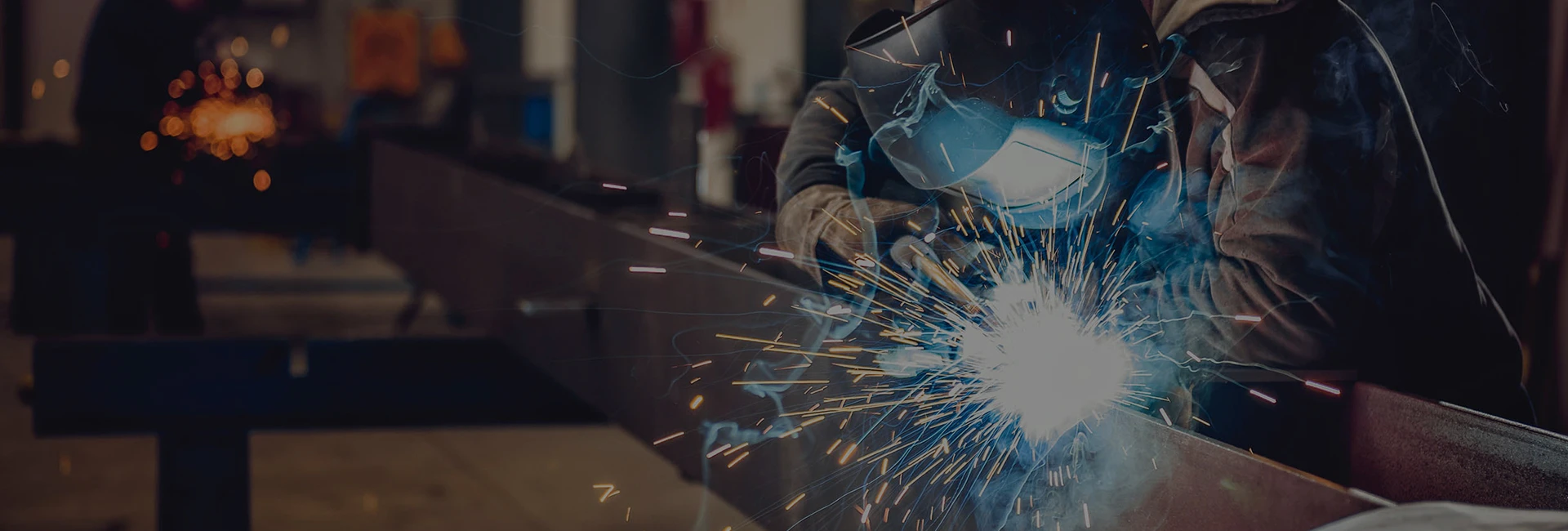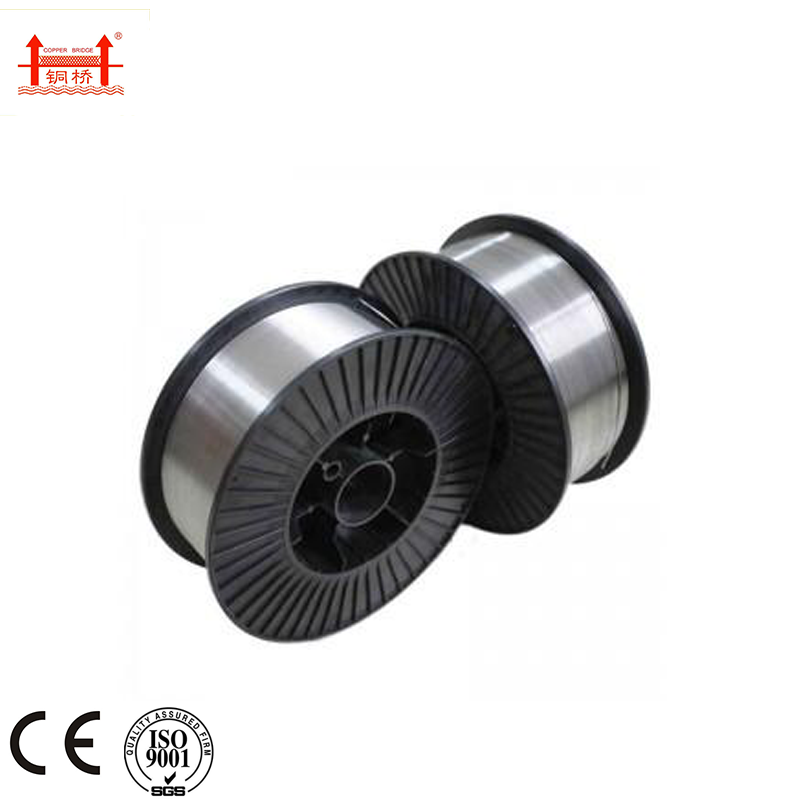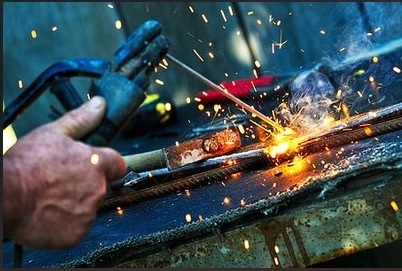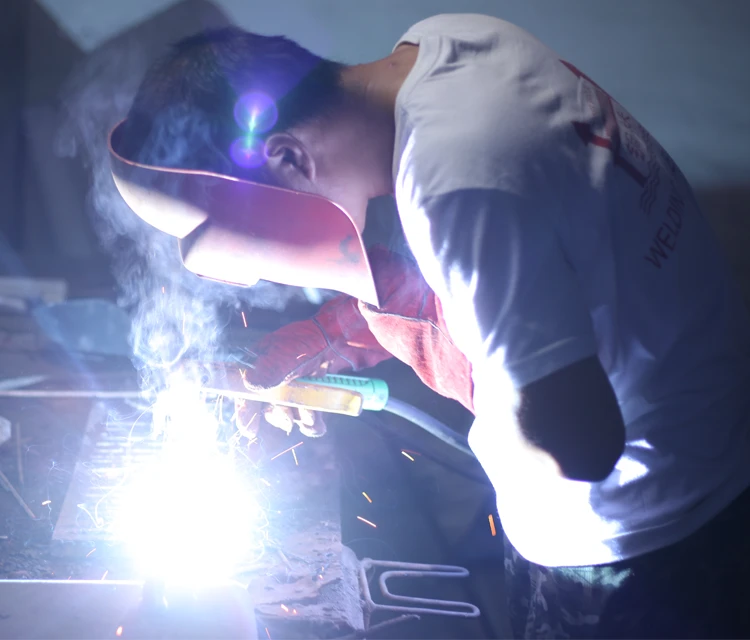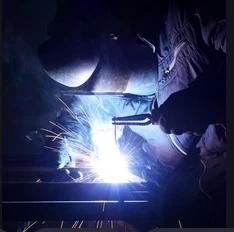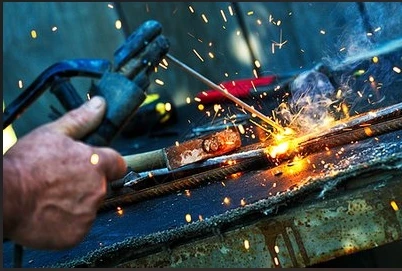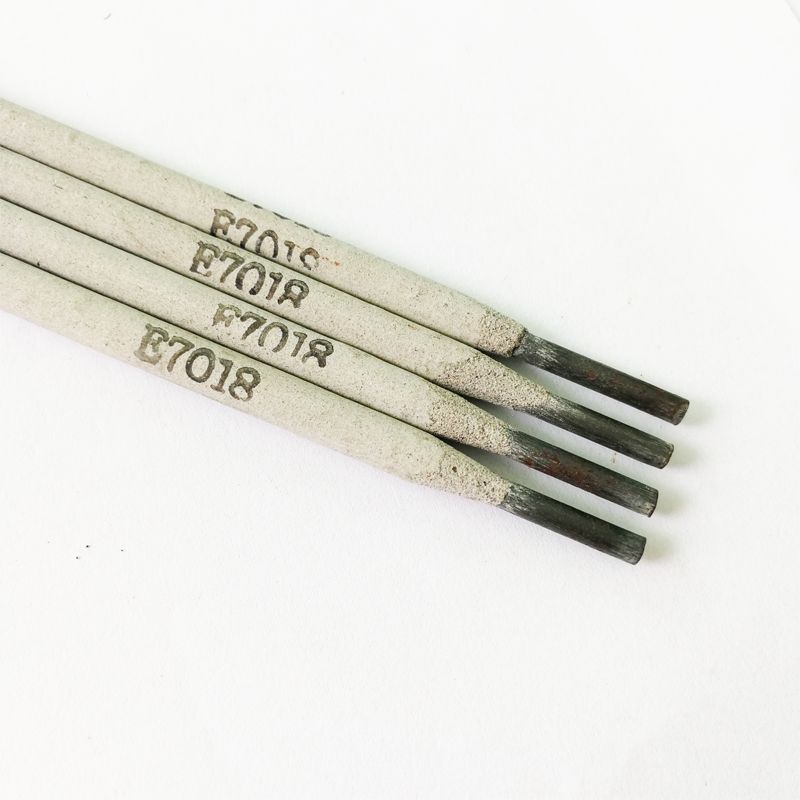Cast Iron Welding Rod Types | Strong, Machinable, In Stock
Oct . 26, 2025 15:55
Field Notes on Cast Iron Welding Rod Types
If you spend time in foundries or repair bays, you learn fast: cast iron is forgiving until it isn’t. Micro-cracks, oil-soaked pores, odd chemistries—everything conspires against neat welds. That’s why nickel-based rods remain the go-to. Lately, I’ve been following a workhorse from Hebei, China—Oxidation-Corrosion-Resistant Cast Iron Welding Alloy Nife-1—coming out of Liusu Industrial Area, Dingzhou City. It’s not hypey; it’s practical. And yes, there’s real movement in how people pick Cast Iron Welding Rod Types for repair versus fabrication.
Industry trend check
Two shifts: 1) more nickel-iron (ENiFe-CI) over pure nickel for higher strength on gray and some nodular irons; 2) explicit corrosion and oxidation claims backed by test data instead of vague “tough” marketing. Many customers say they want rods that tolerate less-than-perfect preheat without turning the HAZ into glass. Fair ask.
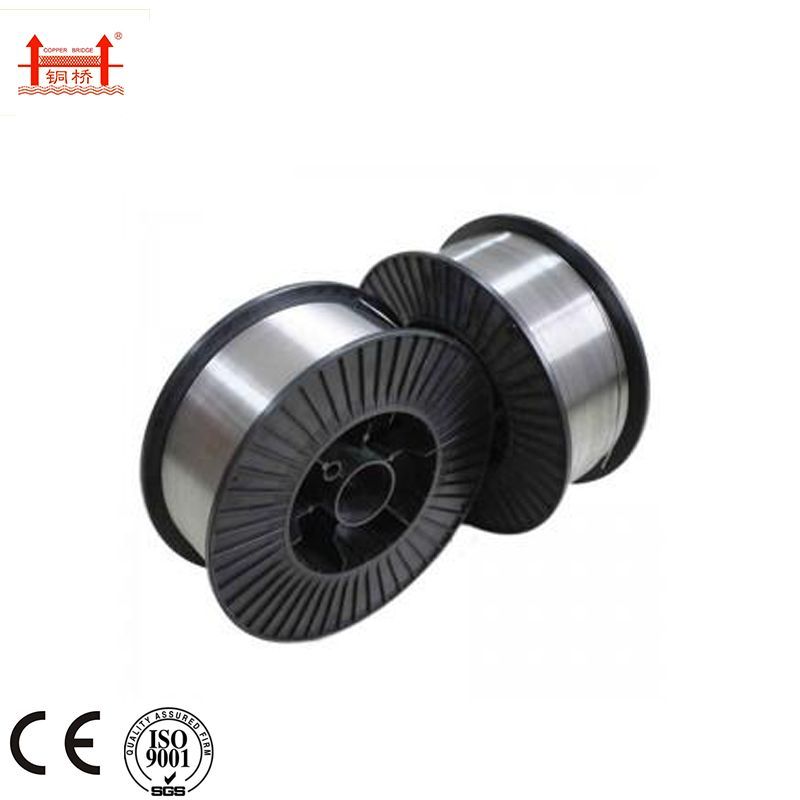
Product snapshot: Nife-1
Nife-1 is a nickel–iron electrode focused on oxidation/corrosion resistance with controlled heat input behavior. In practice, it wets nicely on worn gray iron housings, compressor frames, and even marine pump volutes—assuming reasonable prep. Actually, it seems to handle oil contamination a bit better than average, though clean metal still wins.
| Spec (≈ real-world) | Nife-1 Details |
|---|---|
| AWS/EN Class | AWS A5.15 ENiFe-CI |
| Typical chemistry | Ni ≈ 55–60%, Fe balance, C low, with corrosion modifiers |
| Deposit hardness | ≈ 170–220 HB (as welded, varies with heat input) |
| Tensile strength | ≈ 450–520 MPa (ASTM E8, representative) |
| Diameter / Amps | Ø3.2 mm: 80–110 A; Ø4.0 mm: 100–140 A; Ø5.0 mm: 130–170 A |
| Service life | Shop feedback: 2–5+ years on repaired housings in mild corrosion; real use may vary |
| Certs | Manufacturing to ISO 9001; procedures aligned to ISO 15614-1; welder quals per EN ISO 9606-1 (where applicable) |
Where it’s used
Foundries (defect repair), mining crushers, agricultural gearboxes, marine pump casings, engine blocks/heads (select areas), valve bodies. For tougher nodular iron, preheat and peening discipline matter more than the brand, to be honest.
Process flow that actually works
- Materials: gray iron (ASTM A48 classes), some ductile iron with care; Nife-1 ENiFe-CI electrode.
- Prep: V-grind cracks, drill stop-ends, solvent-bake oil out; preheat ≈ 120–250°C (component mass dependent).
- Method: short beads 10–25 mm, stringers not weaves; peen lightly; interpass
- Testing: visual, dye-penetrant (ISO 3452), hardness mapping; procedure qual to ISO 15614-1; tensile per ASTM E8.
Test note: shop coupons showed corrosion loss ≈ 0.02–0.06 mm/y in neutral salt fog equivalents; that’s decent for cast-iron repairs, though not stainless territory.
Vendor comparison (quick take)
| Vendor | Class | Strength/Hardness | Customization | Notes |
|---|---|---|---|---|
| Jinlong Nife-1 (Hebei) | ENiFe-CI | ≈ 450–520 MPa / 170–220 HB | Diameters, packaging, OEM labels | Strong on oxidation/corrosion; value pricing |
| Global Brand A | ENiFe-CI, ENi-CI | Comparable | Standard sizes | Premium price, wide distribution |
| Regional Brand B | ENiFe-CI | ≈ slightly lower | Limited | Good for light repairs |
Customization and feedback
Custom diameters and moisture-resistant packaging are available (handy in coastal shops). Customer notes: “less spatter than our old 55Ni,” and “beads machined cleaner than expected.” I guess the machining friendliness is what keeps repeat orders coming.
Mini case files
- Marine pump casing (gray iron): Nife-1, 180°C preheat, 20 mm beads, slow cool—no post-weld cracking after 8 weeks salt exposure.
- Press frame ear (mixed cast structure): short stitches, peened; passed dye check (ISO 3452) and load test at 1.1× service.
If you’re ranking Cast Iron Welding Rod Types for tough repairs: ENiFe-CI like Nife-1 for strength and balanced hardness; ENi-CI for maximum machinability; iron-based rods only when cost trumps crack risk.
Citations
- AWS A5.15: Specification for Welding Electrodes and Rods for Cast Iron.
- ISO 15614-1: Specification and qualification of welding procedures for metallic materials.
- ASTM A48/A48M: Standard Specification for Gray Iron Castings; ASTM E8/E8M: Tension Testing of Metallic Materials.
- EN ISO 9606-1: Qualification testing of welders — Fusion welding of steels.
Related Video


